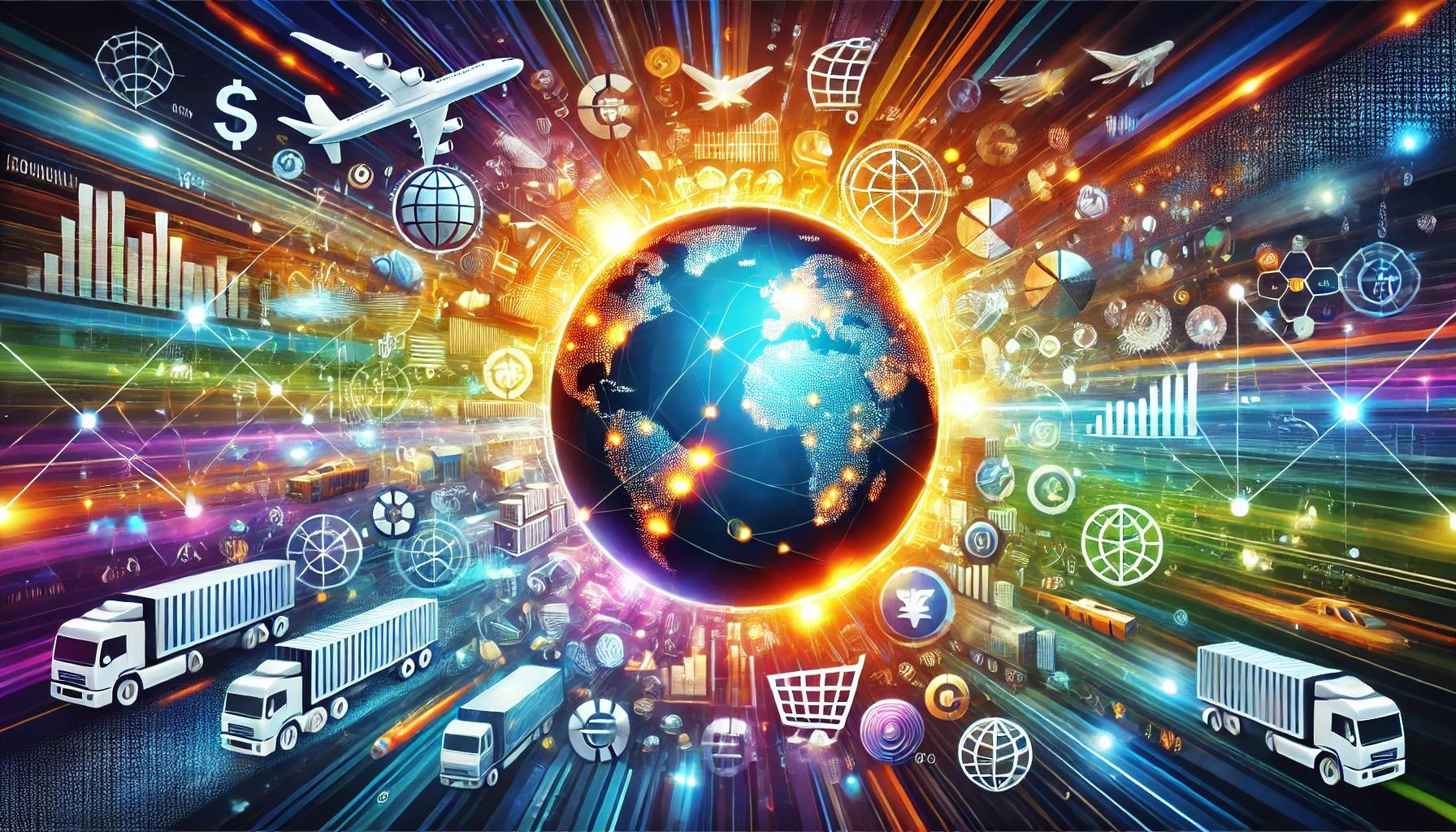Types of Trade: A Brief Overview
Trade is the foundation of the economy, playing a crucial role in the distribution of goods and services worldwide. Over time, trade has evolved, and today there are many formats depending on the goals, volumes, and sales channels. In this article, we will look at the main types of trade: retail, wholesale, electronic, international, and other forms.
Retail Trade
Retail trade is the process of selling goods or services directly to the final consumer. The primary goal of retail is to meet consumer demand for various products and services in small quantities. Retail stores, such as supermarkets, boutiques, or online shops, work with end customers and offer products in individual packaging or minimum quantities.
According to a Statista study in 2023, the global retail market volume reached $27 trillion, highlighting the importance of this form of trade for the global economy. Retail is also rapidly adapting to digital changes, with increasing demand for online platforms.
Wholesale Trade
Unlike retail, wholesale trade involves selling goods in large quantities to other businesses, which can then resell them in retail or use them in their production processes. Wholesalers act as intermediaries between manufacturers and retailers, reducing operational costs and improving logistics.
The global wholesale market was valued at $9 trillion in 2023, according to IBISWorld, demonstrating the scale of this sector. Wholesale is a key component of global supply chains, ensuring the availability of goods across various industries.
Electronic Commerce
Electronic commerce (e-commerce) refers to the sale of goods and services through online platforms. This form of trade has been actively developing since the late 1990s and plays a critical role in today's world. According to eMarketer, the global e-commerce market reached $5.7 trillion in 2022.
Major players in the e-commerce market include companies like Amazon, Alibaba, and other large marketplaces that offer a wide range of goods and services with delivery options worldwide.
International Trade
International trade involves the exchange of goods and services between countries. This type of trade allows countries to leverage their comparative advantages, such as natural resources, labor, or technology, to supply the global economy with essential products and services.
According to the World Trade Organization (WTO), the total volume of global trade in goods and services reached $32 trillion in 2022. Key traded products include agricultural commodities, oil, electronics, and machinery.
Other Types of Trade
In addition to the types mentioned above, there are many other trade formats. For example, dropshipping, widely used in e-commerce, allows sellers to sell goods without holding them in their own warehouses. Franchising is another model where one company grants another the right to use its brand and business model. These and other forms of trade continue to evolve and adapt to market changes.
Conclusion
Modern trade encompasses a variety of formats, each playing its role in the global economy. Retail trade makes products accessible to the final consumer, wholesale optimizes supply chains, while electronic and international trade push the boundaries of what is possible. Understanding these types of trade helps navigate the complex economic system and choose the most effective strategies for doing business.
Sources:
- Statista. "Retail market worldwide - statistics & facts." 2023.
- IBISWorld. "Global Wholesale Market Size and Growth." 2023.
- eMarketer. "Global Ecommerce Forecast 2023." 2022.
- World Trade Organization (WTO). "World Trade Statistical Review." 2023.
.jpeg)
